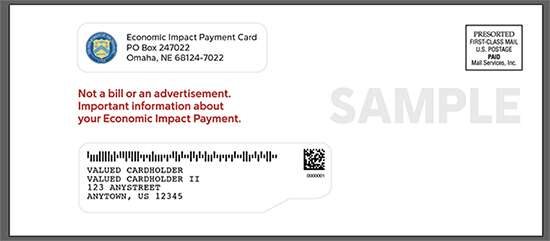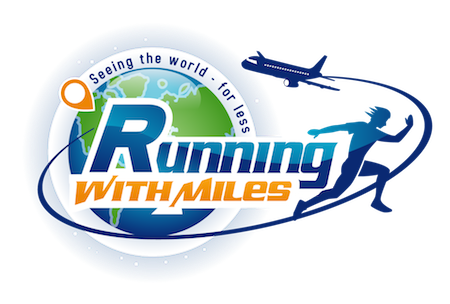The new American Rescue Plan has been signed into law. This means that the $1,400 stimulus payments will start going out soon, though not everyone that received previous payments will get this one. Here is what you should know about this and when you may get your payment.
When You Could Start Getting $1,400 Stimulus Payments

USA dollar cash banknote stimulus economic tax return check with US flag
The Timeline of the New $1,400 Stimulus Payments
The House of Representatives passed the American Rescue Plan at the end of February and sent it to the US Senate. The Senate made some adjustments, including reducing the $400 weekly federal unemployment benefits to $300 and lowering the threshold which would serve as the cutoff for the stimulus payments.
After that, it went back to the House which passed the Senate adjusted bill and sent it to the president’s desk. Originally, Biden said he would sign it today (Friday) but moved that up and signed the American Rescue Plan into law yesterday (Thursday).
The White House quickly followed that up with the statement that the first wave of $1,400 stimulus payments will start going out this weekend. Here is what that means for when you will get the money.
If the IRS Has Your Bank Information On File
If the IRS has your direct deposit information on file from a recent return, you can expect to be some of the first to receive the stimulus payments. This does not mean you will get the money in your bank this weekend. Many banks, like mine, do not process such transactions on the weekend so that means many people may receive the money in their accounts on Monday morning.
Following this first wave, the government will continue sending direct payments to bank accounts with most people receiving the money by the end of March.
If the IRS Does Not Have Your Bank Information On File
If you do not have a recent return with your bank information, you will receive a check or a prepaid debit card. Those checks are set to start going out next week. It will take several weeks to send all checks out with the latest they can be sent being the end of this year (of course, unless there is a problem, the checks will be sent out long before that).
As for the prepaid debit cards, the IRS will likely send out at least as many as they did with the second batch – that was 8 million in number. That was double the first batch of stimulus payments and this is a method the IRS obviously is preferring. One reason may be that it encourages spending the money easier than if it were sent as a check. Since the government would like to see the money be put back into the economy (as opposed to just paying off credit cards, for example), the debit cards make this much easier.
Be on the lookout for an envelope like below! Many people threw their debit cards out over the last year!

A sample image of the envelope that will be delivering your stimulus debit card
What Happens if You No Longer Have that Bank Account or Address?
The IRS is currently reviewing everything pertaining to this new law and will be reactivating the Get My Payment tool soon. This tool, if it works like the first time around, will allow you to see what information you have on file and input your direct deposit information if the IRS does not have that. This way you could receive the payment much quicker than via check or debit card.
If the payment goes out before you can make a change, the IRS will have information about which number to call to correct it. Like before, a letter will be sent out after the payment has been made and it will have information about what to do if there is a mistake.
What the White House Says About the Payments
Here’s an overview of what the American people need to know about the direct payments in the American Rescue Plan:
- For households who have already filed their income tax return for 2020, the IRS will use that information to determine eligibility and size of payments.
- For households that haven’t yet filed for 2020, the IRS will review records from 2019 to determine eligibility and size of payment. That includes those who used the “non-filer portal” for previous rounds of payments.
- For tax returns with direct deposit or bank account information, the IRS will be able to send money electronically. For those households for which Treasury cannot determine a bank account, paper checks or debit cards will be sent.
Tracking Your Stimulus Payment
Again, once the Get My Payment tool is online, you will be able to check and see if the payment has already been made. If it has, you can check to see if it was via direct deposit or by mail. If by deposit, it will show the bank account number it has gone to. If by mail, you can see the method of payment and the address it was sent to.
Check this post for information on how to track your payment through the USPS.
How Much Money Will You Get?
Unlike the previous two payments, dependents 17 and over will get the $1,400 this time – or rather, it will go to the one who has claimed them.
Here is a calculator that shows how much you can expect to receive. Unlike the first payment (but similar to the second), all eligible people will receive $1,400 – adults and dependents. One thing to note is that the total cut-off this time is $80,000 for single filers and $160,000 for couples filing together (these amounts being adjusted gross income). This is different from the first two that had the cut-off threshold at $99,000 for single filers and $198,000 for couples.
This calculator was made by Jasmine Mah, the same creator who made the previous calculators that many found helpful here on the site.
Should You File Your 2020 Return Immediately?
The IRS will be going by your most recent return – either 2019 or 2020. If your adjusted gross income in 2019 put you over the threshold but you lost your job due to the coronavirus affects in 2020, you obviously want the IRS to go off of your 2020 return. If you can file that electronically, you may want to do that ASAP.
Failing that, you can always claim your stimulus payment on your 2021 return next year. Obviously, that will not help you now but it will at least be there for you next year.
SSI and VA Recipients – What to Know
Last year, there was a lot of confusion for those who were on SSI or VA benefits. It took a while for the payments to go out as the VA and SSA did not have a seamless system with the Treasury to get the information out. Also, most recipients were not required to file returns so the IRS did not have their payment information.
This brought out the Non-Filer’s Tool and this tool will be brought back to life very soon, possibly as early as Monday.
Child Tax Credit Increases
Another component of the American Rescue Plan was the temporary hike of the child tax credit from $2,000 to $3,000 ($3,600 for children under the age of 6). This credit will start being sent out in July until December in $300 increments per month with the remaining half coming with next year’s tax return. This is optional as you can choose rather to take the full $3,000 credit with your return next year. The tool for this will be up in the coming months. Do not be surprised if there are some errors with this part as it requires the IRS to put a whole new program and tool together!
Bottom Line
The new American Rescue Plan will cause $1,400 payments to be sent out as early as this weekend. This post offers more information gleaned from the last stimulus bills that should be able to help you both determine by what method you will receive your stimulus payment and how much it will be.
I know there are many who have been hurt financially in the last year due to covid-19 measures and protocols and I hope that this helps you get back on your feet a bit.







